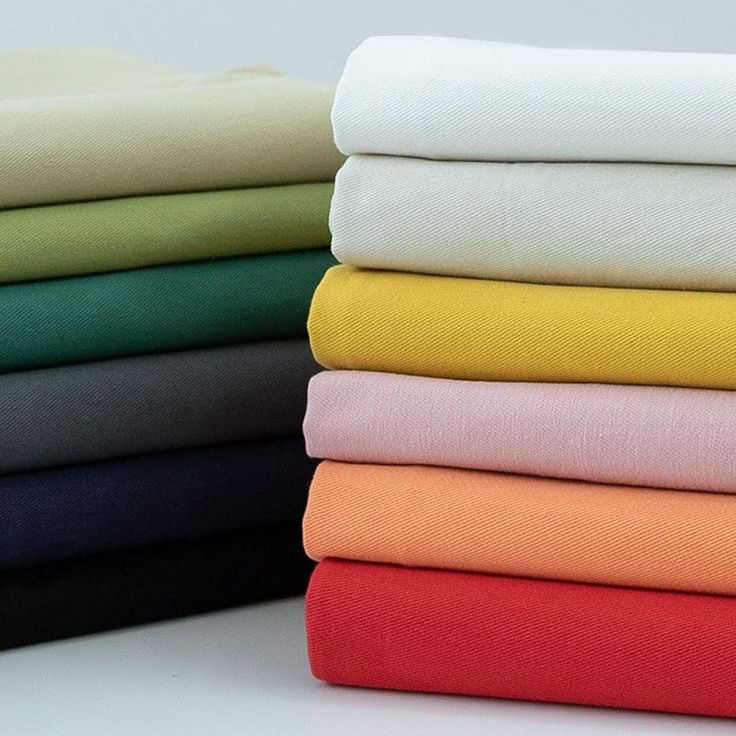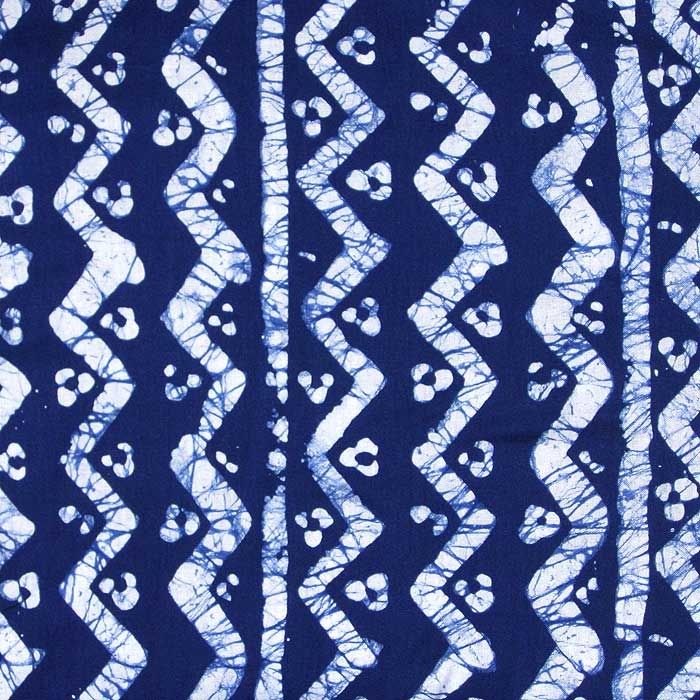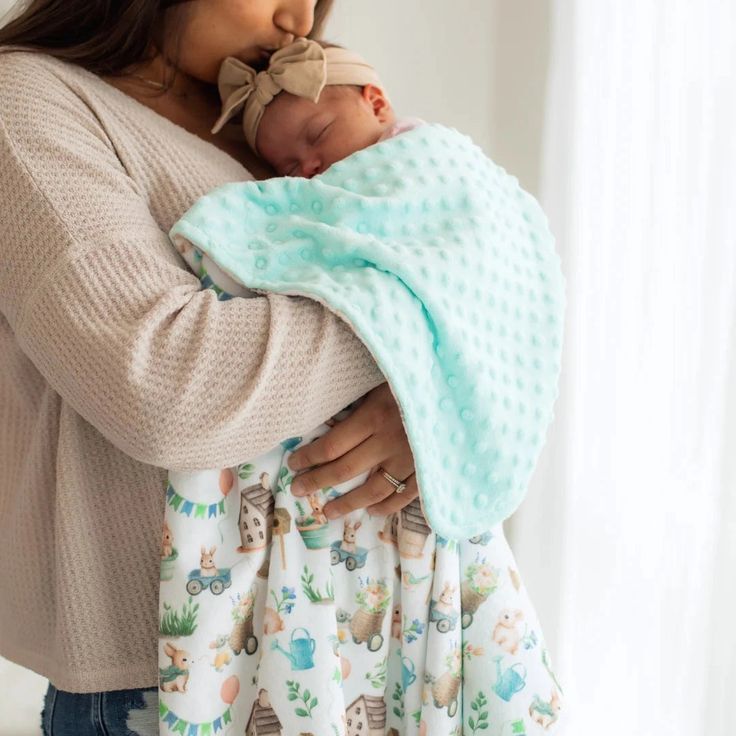What Are Upholstery Fabrics?
Upholstery fabrics play a crucial role in furniture design and functionality. These materials are used to cover or pad furniture, providing comfort and visual appeal. Choosing the right upholstery fabric is essential for durability and enhancing the beauty of your living spaces.
Definition and Purpose
Upholstery fabrics are textiles specifically designed for furniture covering. They serve both functional and aesthetic purposes:
- Functionality: Fabric provides cushioning and support for chairs, sofas, and other furniture.
- Protection: Quality materials shield furniture from wear, stains, and damage.
- Style: These fabrics come in various colors, patterns, and textures to complement interior designs.
Common Types of Upholstery Fabrics
When selecting upholstery fabrics, it’s important to explore their types. Here are the most common ones:
- Natural Fabrics: Often made from cotton, linen, or wool, they offer softness and breathability.
- Synthetic Fabrics: Includes polyester, acrylic, and microfiber, known for durability and stain resistance.
- Leather: A timeless option that is stylish, durable, and easy to clean.
- Velvet: Adds a luxurious touch with its soft texture and rich appearance.
- Blends: Many upholstery fabrics combine natural and synthetic fibers for balanced performance.
Understanding the basics of upholstery fabrics helps you make informed choices for your furniture needs.

Factors to Consider When Choosing Upholstery Fabrics
Selecting the right upholstery fabrics requires thoughtful consideration. Various factors impact practicality and appearance.
Durability and Longevity
Durability is key for upholstery fabrics, especially for frequently used furniture. Look for materials with high resistance to wear and tear. Synthetic options like polyester and microfiber are tough and long-lasting. Natural fabrics such as cotton and leather also provide good durability when treated properly. Assess thread count and weave tightness for additional longevity.
Stain Resistance and Maintenance
Stain resistance is essential, especially for families with kids or pets. Opt for fabrics treated with stain-resistant finishes. Synthetic options tend to repel stains better than natural ones. Regular maintenance helps extend fabric life. Choose materials that can be easily cleaned, like polyester or leather.
Comfort and Texture
Feel and comfort are important when choosing upholstery fabrics. Soft materials like cotton or velvet add coziness. Breathable fabrics are ideal for warm climates, offering cooling effects. Texture also adds interest to design, whether sleek, rough, or plush. Match your fabric’s texture with the desired comfort level.
Aesthetics and Design Compatibility
Aesthetic harmony plays a major role in fabric selection. Look for fabrics that match your interior style, color palette, and furniture design. Patterns, textures, and colors should enhance your space. Consider versatile options for future redecorations. Choose fabrics that complement existing décor while elevating furniture appearance.
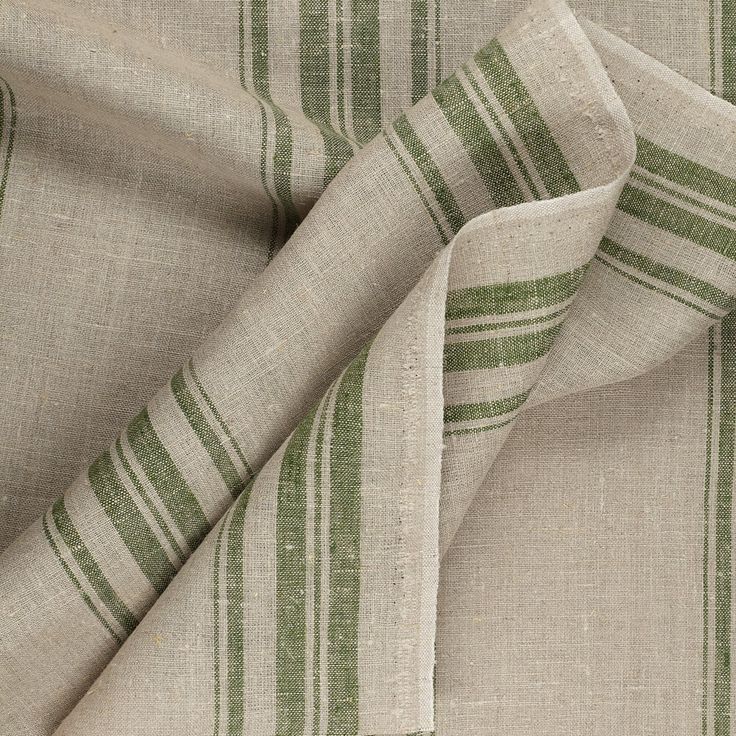
Natural vs. Synthetic Upholstery Fabrics
Choosing between natural and synthetic upholstery fabrics depends on your needs and preferences. Understanding their characteristics and differences can help you make an informed decision.
Characteristics of Natural Fabrics
Natural upholstery fabrics are made from plant or animal-based materials. Common examples include cotton, linen, wool, and silk.
- Breathable and Comfortable: Natural fabrics allow airflow, ensuring comfort in all seasons.
- Soft Texture: These fabrics feel soft and pleasant to the touch, adding to their appeal.
- Eco-Friendly: As they are biodegradable, they are a sustainable choice.
- Prone to Wrinkles and Stains: Natural options like cotton may wrinkle easily and require protective treatment.
- Less Durable if Untreated: Natural fabrics can wear out faster if not treated for durability.
Characteristics of Synthetic Fabrics
Synthetic upholstery fabrics are man-made materials designed for durability and cost-effectiveness. Popular options include polyester, acrylic, nylon, and microfiber.
- Highly Durable: Synthetic fabrics resist wear and tear, making them ideal for heavy usage.
- Stain-Resistant: These fabrics often come with built-in stain-repellent features.
- Wide Design Variety: Synthetic materials are available in numerous colors, patterns, and textures.
- Affordable: They are generally more budget-friendly than natural options.
- Less Breathable: Synthetic fabrics can trap heat and feel less comfortable in warm climates.
Comparing Pros and Cons
When deciding between natural and synthetic upholstery fabrics, consider these factors:
- Durability: Synthetic fabrics last longer, making them fit for high-traffic areas.
- Comfort: Natural fabrics win in breathability and comfort but may wear out sooner.
- Maintenance: Synthetic options are easier to clean and maintain, especially for families or pet owners.
- Style: Both types offer attractive designs; choose based on the desired look and feel.
- Budget: Synthetic fabrics are cost-effective for large-scale usage, while natural fabrics may cost more.
Weigh the pros and cons carefully to pick the right upholstery fabric for your home or workspace.
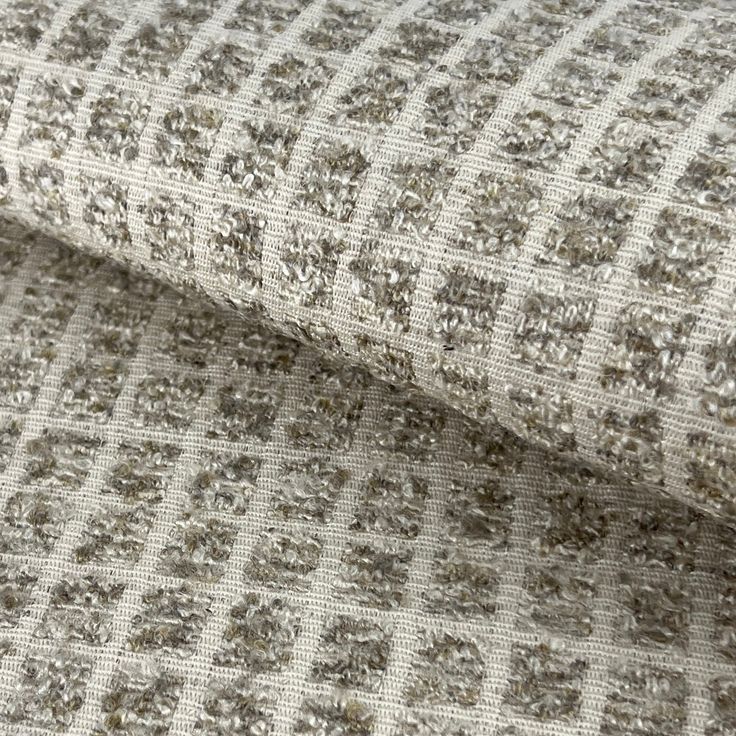
Popular Upholstery Fabric Materials
When selecting upholstery fabrics, understanding popular materials can help in making the right choice. Each fabric offers unique benefits to suit various needs and preferences.
Cotton
Cotton is a widely-used natural fabric for upholstery. It is soft, breathable, and comfortable. Cotton provides a casual look and works well with most furniture styles. It is available in many colors and patterns to match décor. However, untreated cotton can stain easily and may fade under sunlight. Opt for treated options for better durability.
Linen
Linen is another natural fabric with a luxurious yet casual appeal. It is lightweight, breathable, and perfect for warmer climates. Linen adds an elegant, textured look to furniture. However, this fabric wrinkles easily and requires regular maintenance. Use it for decorative furniture in low-traffic areas.
Leather
Leather is a timeless choice that combines style and durability. It is easy to clean, making it ideal for families or pet owners. Leather resists stains, adds sophistication, and ages beautifully. It is available in natural shades and dyed colors for various themes. However, it can feel cold and is less breathable than fabric options.
Polyester
Polyester is a synthetic fabric known for its durability and affordability. It resists stains, shrinking, and wrinkling, making it low-maintenance. Polyester is often blended with other fibers to improve strength and texture. It comes in many designs and colors, fitting any style. However, it may trap heat and is less breathable.
Velvet
Velvet is a luxurious fabric that adds richness to spaces. It has a soft, plush texture that feels cozy. Velvet comes in vibrant colors and creates a dramatic effect. It is perfect for accent furniture or formal seating areas. However, it requires regular upkeep to prevent crushing or marks, especially in high-use areas.
Knowing these materials helps you choose the perfect fabric for durability, comfort, and aesthetics.
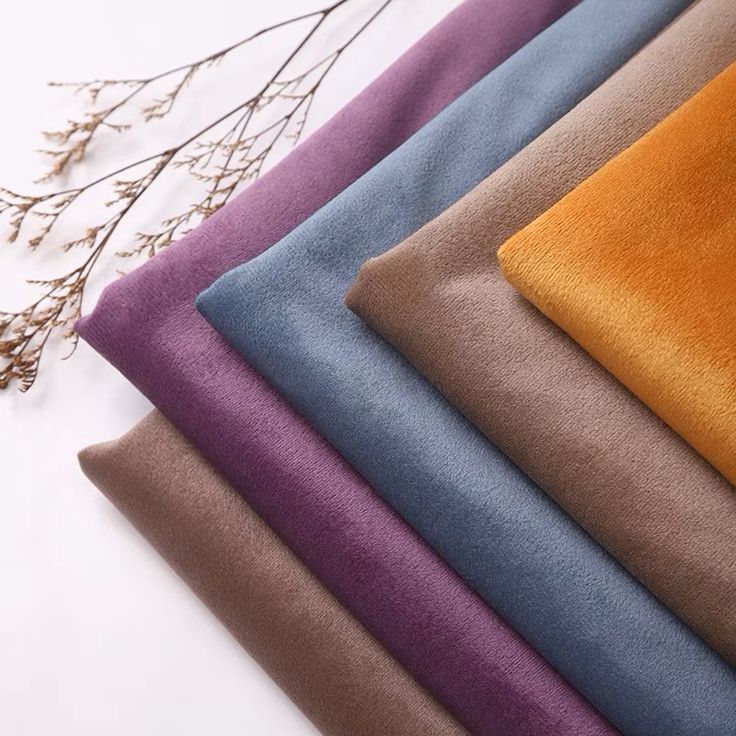
Selecting Fabrics Based on Usage
Choosing upholstery fabrics requires consideration of how and where they will be used. Different spaces and purposes demand specific properties from the fabric. Practical functionality and durability should be prioritized during selection to ensure long-lasting satisfaction.
High-Traffic Areas
For high-traffic areas like living rooms or family spaces, durability is essential. Select fabrics with strong resistance to wear and tear. Synthetic materials, such as polyester or microfiber, are ideal due to their robustness and longevity. Leather is another excellent choice for these areas. It resists scratching and maintains its appearance over time. For added protection, consider treated fabric to prevent fading and stains. Tight weaves and high thread counts also enhance fabric durability for daily use.
Pet- and Kid-Friendly Options
Homes with pets or children need fabrics that can handle spills, stains, and scratches. Look for stain-resistant upholstery fabrics like treated cotton or polyester blends. Leather is great for resisting pet hair and accidental marks but avoid light-colored options that show dirt quickly. Microfiber is a budget-friendly choice that repels liquids and is easily cleaned. Select darker or patterned fabrics to hide minor stains or wear. Always check maintenance requirements to simplify regular cleaning.
Outdoor Upholstery Fabrics
Outdoor furniture demands fabrics designed to withstand weather and moisture. Opt for fabrics made from UV-resistant and waterproof materials like acrylic or polyester. These fabrics prevent fading and resist mildew. They are specifically treated to survive sun, rain, and humidity. Textured or woven designs also enhance durability while delivering aesthetic appeal. When buying outdoor upholstery, ensure the fabrics are easy to clean and maintain in outdoor environments.
Care and Maintenance of Upholstery Fabrics
Proper care significantly extends the life of upholstery fabrics. Regular maintenance routines help ensure they remain looking fresh and vibrant, ultimately allowing them to last longer in your home or workspace.
Cleaning Tips
- Vacuum Regularly: Use a vacuum with a soft brush attachment to remove dust and debris.
- Spot Clean Stains Promptly: Blot spills immediately using a clean, damp cloth. Avoid scrubbing to prevent damage.
- Use Fabric-Specific Cleaners: Choose cleaners based on the type of fabric (e.g., natural or synthetic).
- Test Cleaning Solutions: Always test cleaning agents on a hidden spot before applying widely.
- Professional Cleaning: For difficult stains or deep cleaning, hire professional upholstery cleaning services annually.
Preventing Wear and Tear
- Rotate Cushions: Regularly switch cushion positions to ensure even wear.
- Limit Sun Exposure: Keep fabric away from direct sunlight to avoid fading.
- Use Protective Covers: Add slipcovers or throws to high-use furniture for added protection.
- Avoid Sharp Objects: Keep pets’ nails trimmed and avoid items that can snag the fabric.
- Follow Manufacturer Instructions: Always adhere to care guidelines provided for your specific upholstery fabric.
Consistent care and preventive measures can significantly extend the life of your upholstery fabrics.
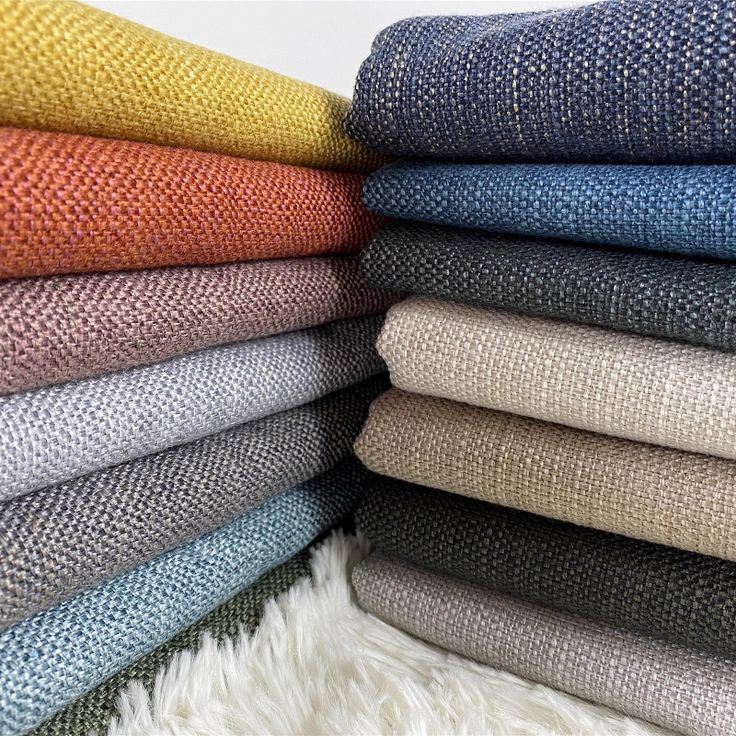
Trends in Upholstery Materials
Upholstery fabrics are evolving to meet modern tastes and environmental demands. Staying updated on fabric trends ensures your furniture stays stylish and functional.
Eco-Friendly Options
Sustainability has become a major focus in upholstery fabric design. Eco-friendly fabrics are made from renewable or recycled materials, reducing environmental impact.
- Organic Materials: Organic cotton, hemp, and bamboo are top choices for environmentally conscious homeowners.
- Recycled Fabrics: Many brands now offer fabrics made from recycled polyester or plastic bottles.
- Low Impact Dyes: Eco-friendly fabrics often use dyes that minimize water and chemical usage.
- Biodegradable Options: Fabrics like wool or untreated hemp break down naturally over time.
Choosing sustainable upholstery fabrics supports eco-friendly practices while enhancing the beauty of your furniture.
Bold Patterns and Colors
Modern upholstery fabric trends embrace bold aesthetics. Vibrant designs can transform simple furniture into standout pieces.
- Geometric Patterns: Angular and repetitive designs add energy and character to furniture.
- Floral Prints: Large floral patterns bring nature-inspired elegance and creativity into interiors.
- Rich Colors: Deep hues like emerald green, sapphire blue, and burnt orange are trending.
- Mix-and-Match Styles: Combining patterns and textures creates a layered and dynamic look.
Bold patterns and colors are perfect for expressing personality and making striking design statements.
Where to Buy Upholstery Materials
Finding the right upholstery fabrics can be simple when you explore the right shopping options. Assess the various sources available, focusing on variety, quality, and convenience, before making your final purchase.
Online Retailers
Online platforms are a popular choice for buying upholstery fabrics. They offer extensive options and convenience. Many e-commerce sites specialize in upholstery materials, giving access to unique designs and competitive prices.
- Wider Selection: Browse thousands of fabrics with varying colors, patterns, and textures.
- Convenience: Shop from home and enjoy quick delivery services.
- Customer Reviews: Read product reviews to ensure quality before purchasing.
- Advanced Filters: Sort options by material type, price, or brand to save time.
However, colors and textures may look different in photos. Request fabric samples before placing large orders.
Specialty Fabric Stores
Specialty stores focus exclusively on upholstery and textile materials. Visiting these stores allows hands-on inspection.
- Expert Guidance: Staff often offer professional advice to match fabrics to your requirements.
- Premium Quality: These shops typically stock high-end and designer fabrics.
- Custom Orders: Find exclusive options not available in other outlets.
- Immediate Availability: Purchase small quantities on the spot for testing or minor projects.
Though specialty stores may have higher prices, the expertise and quality often outweigh the cost.
Custom Upholstery Options
Custom upholstery services provide tailored fabric solutions to meet specific needs. These services are ideal if you have unique designs in mind.
- Bespoke Design: Choose materials, patterns, and textures that perfectly match your furniture and aesthetic.
- Professional Craftsmanship: Work with skilled upholsterers for excellent results.
- Perfect Sizing: Custom fabrics fit your furniture precisely without waste.
- Exclusive Selection: Vendors may source rare or high-quality materials for one-of-a-kind results.
Although more expensive, custom options offer unmatched personalization and durability. Weigh costs against the benefits for important furniture projects.
Explore the various options available to find the ideal upholstery fabrics that will enhance the aesthetic of your home or workspace.
